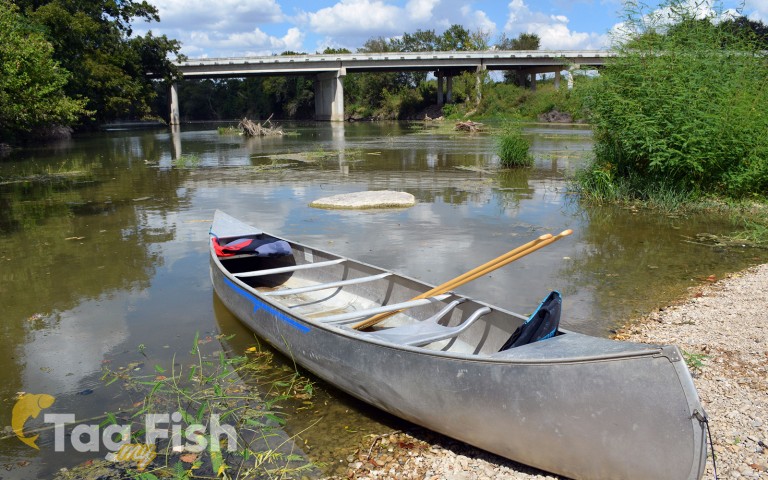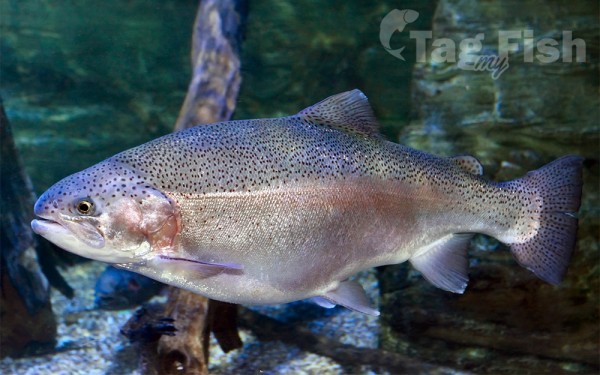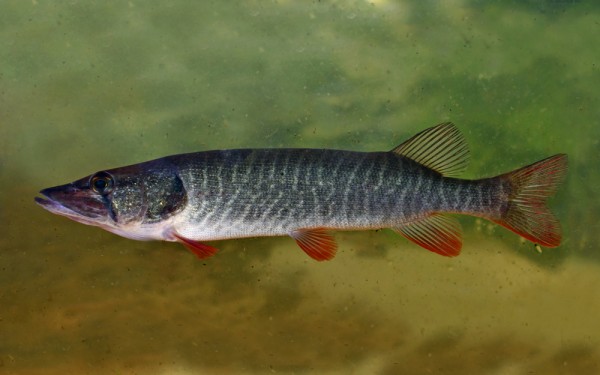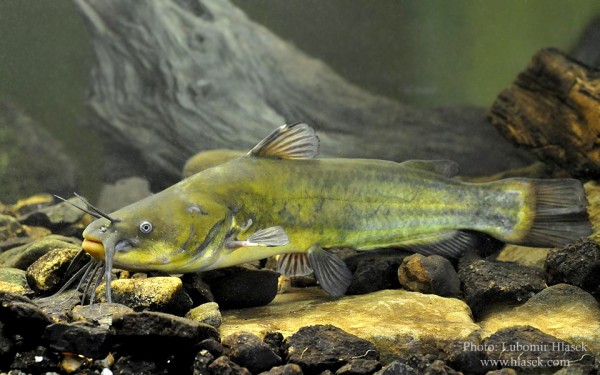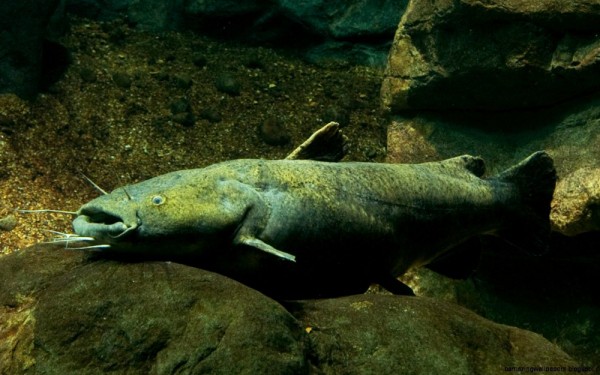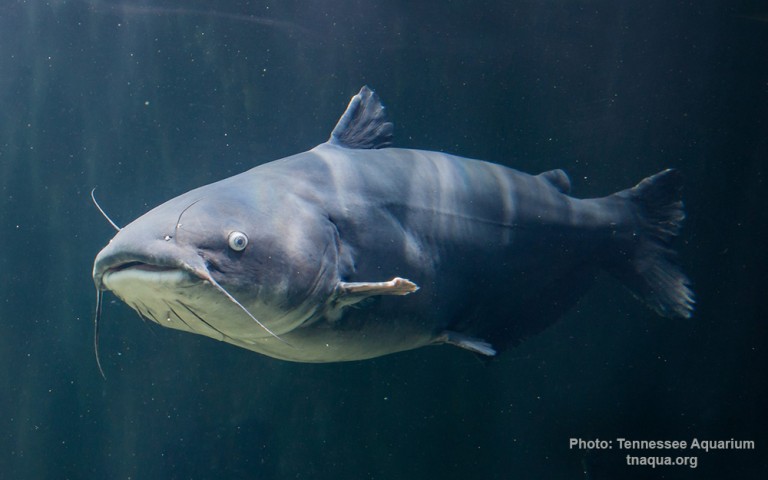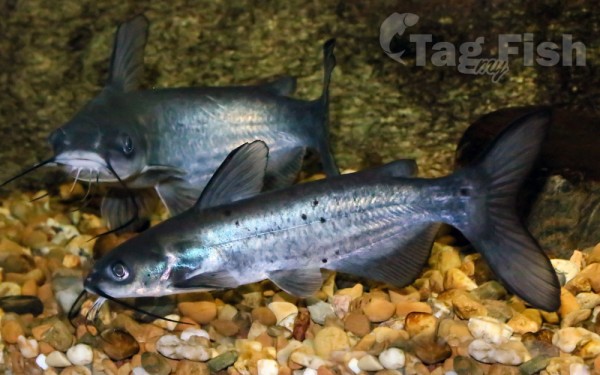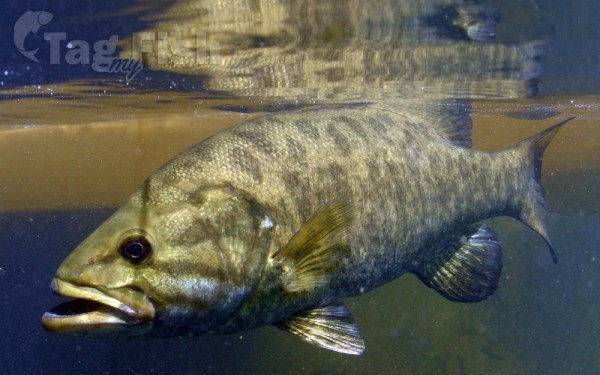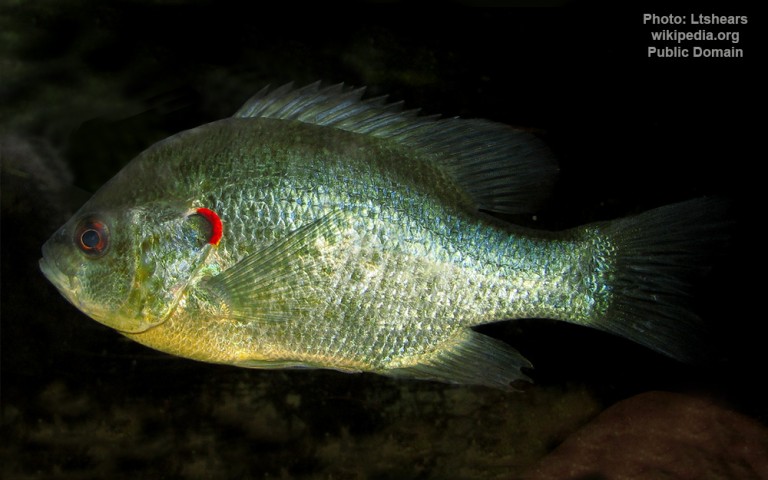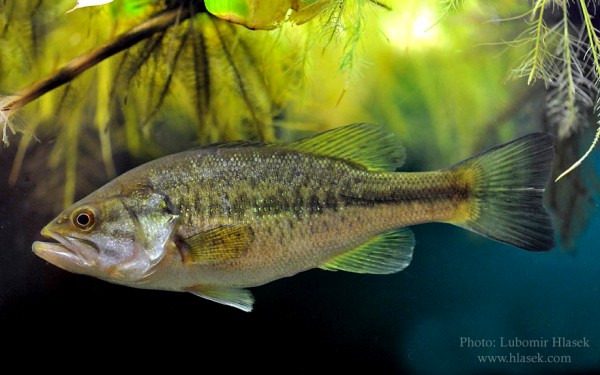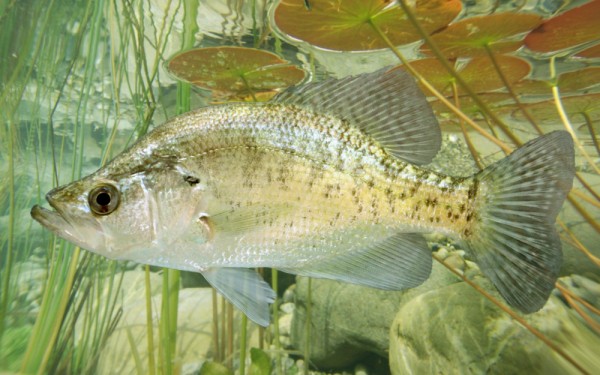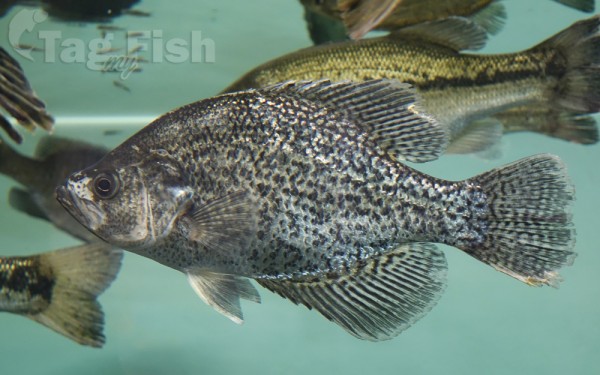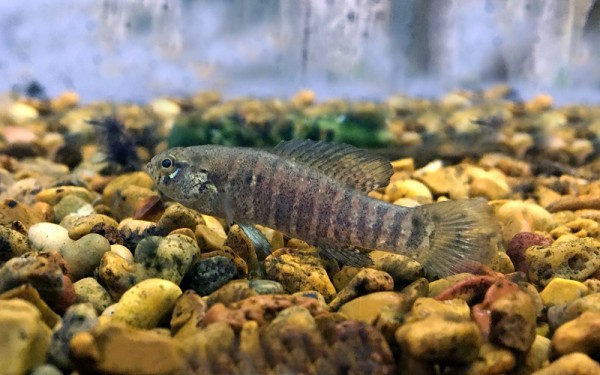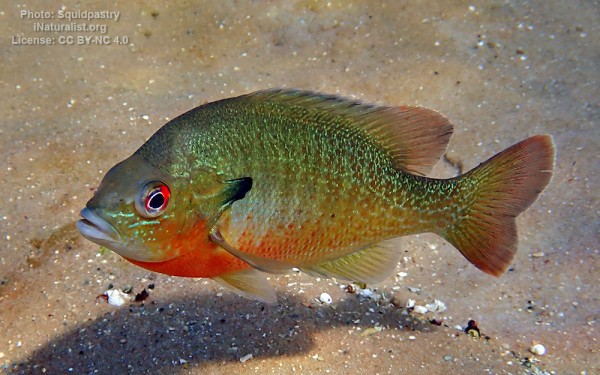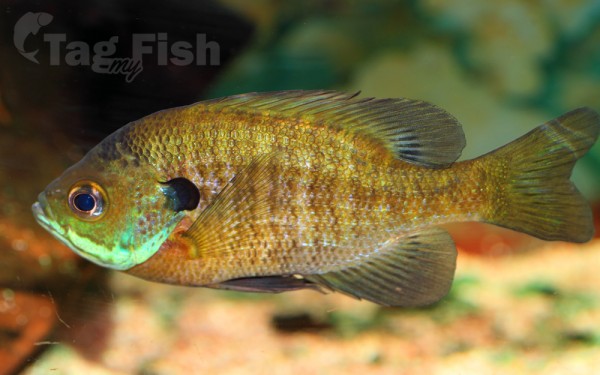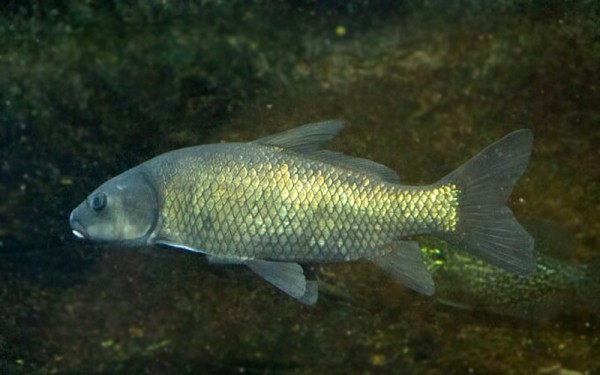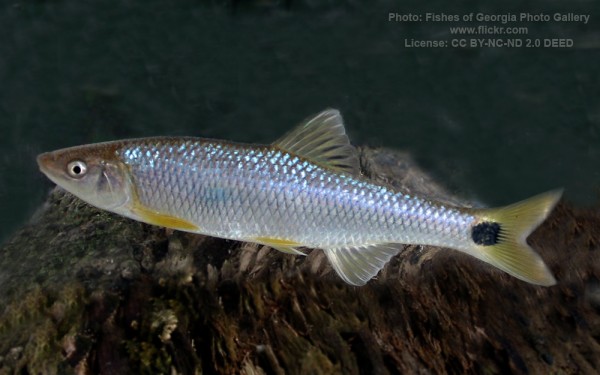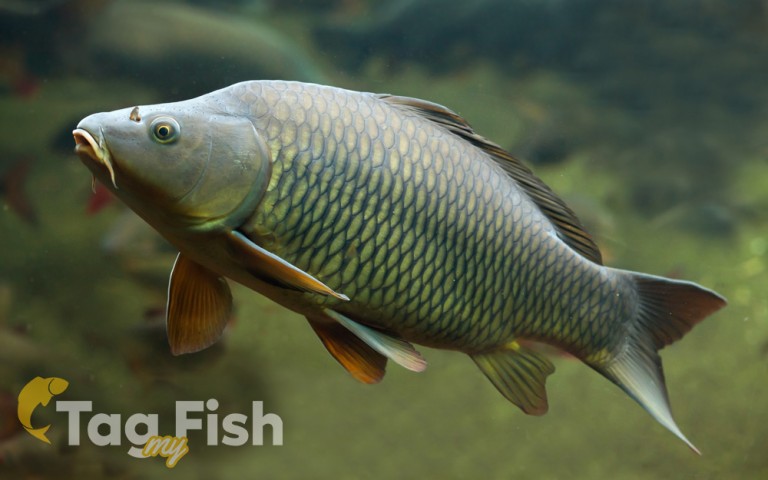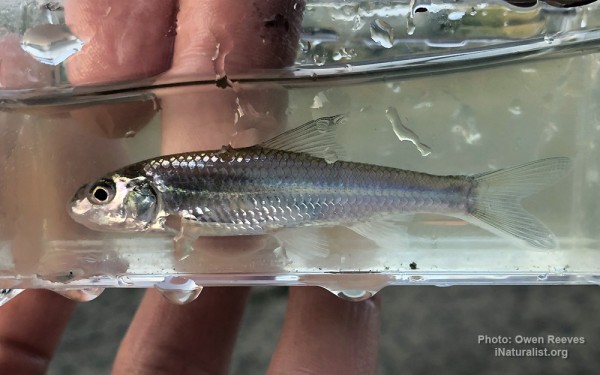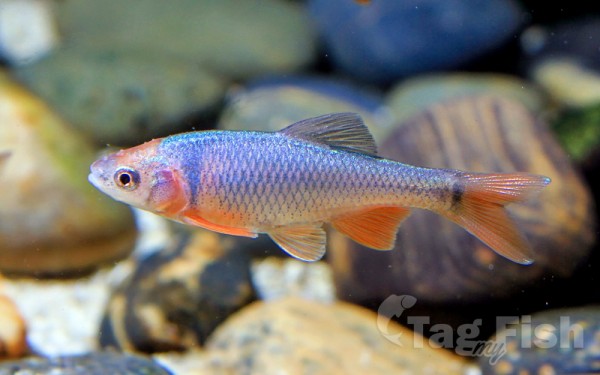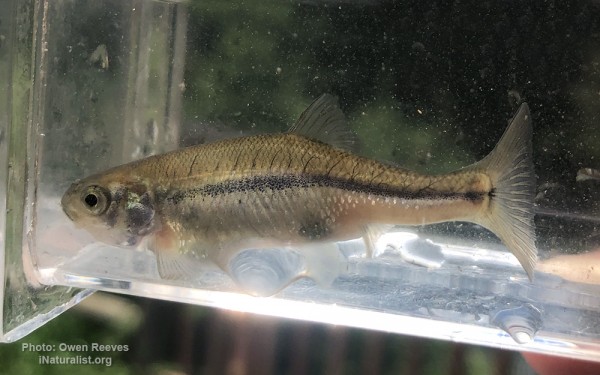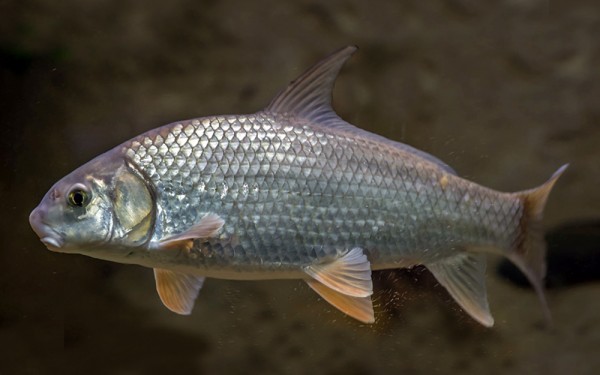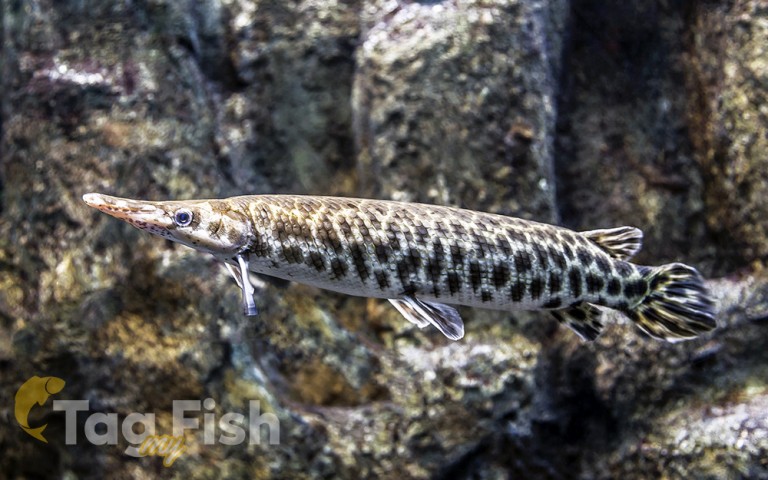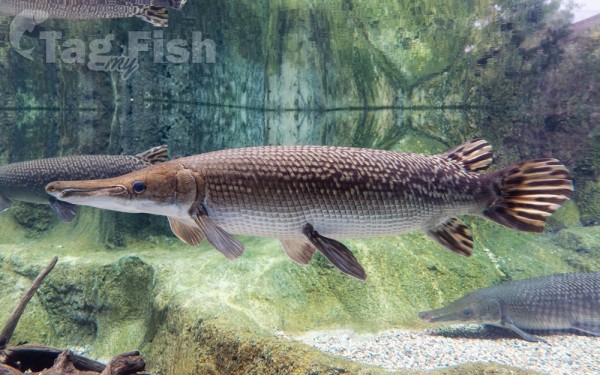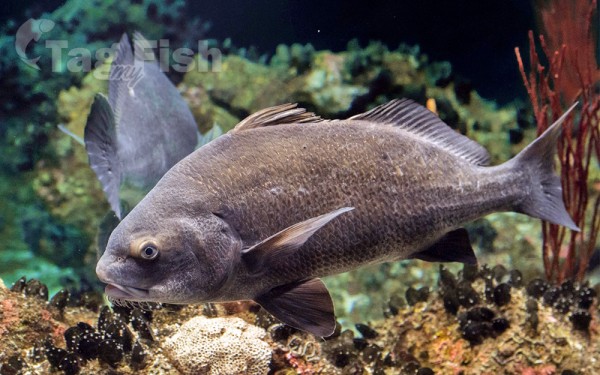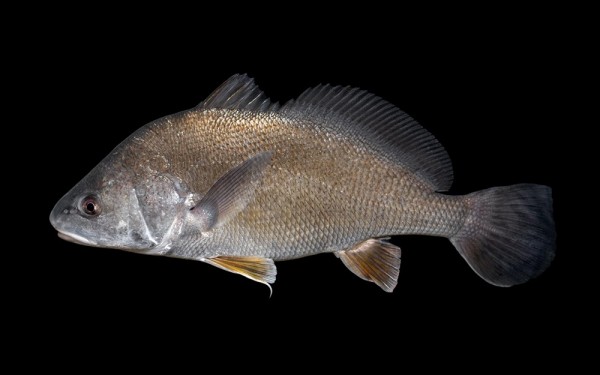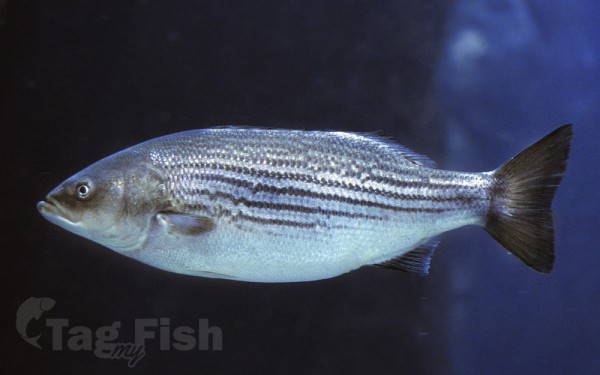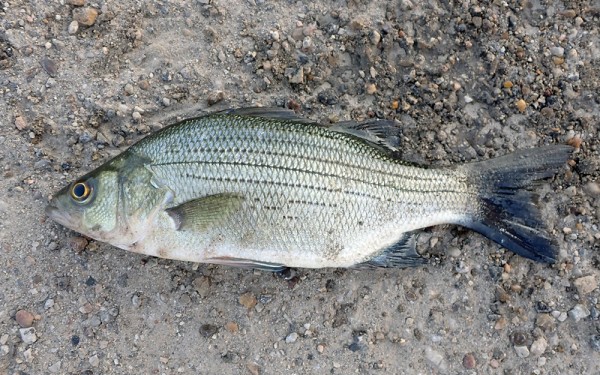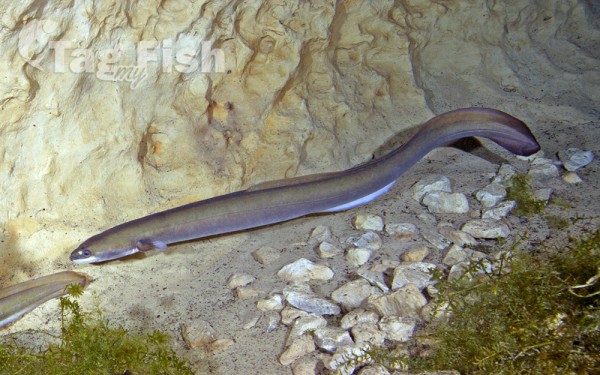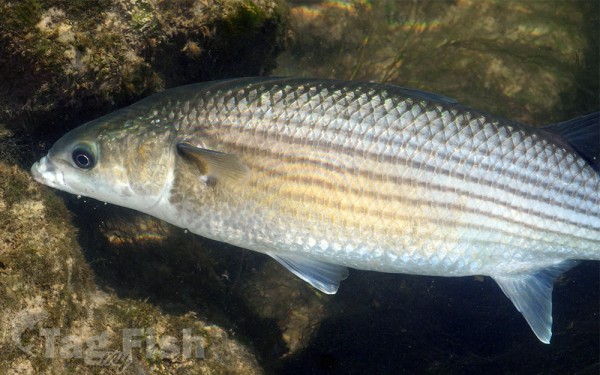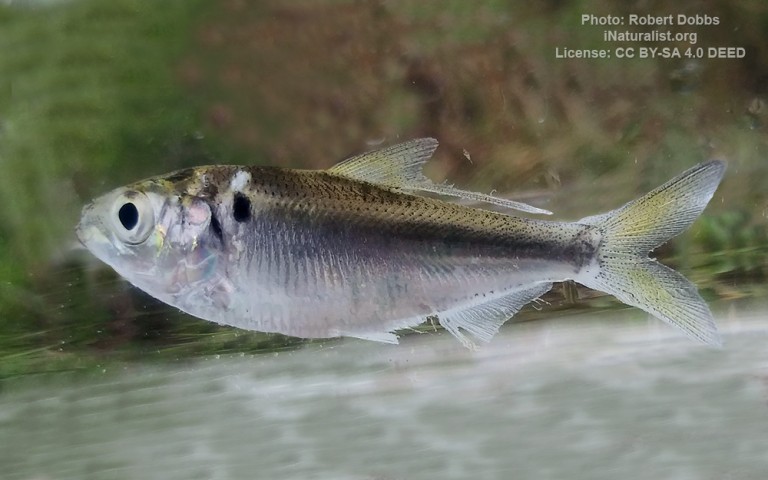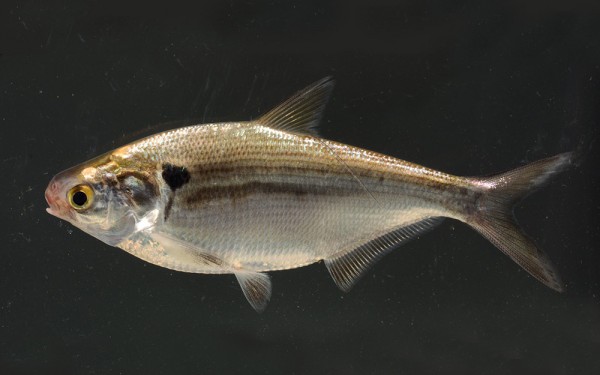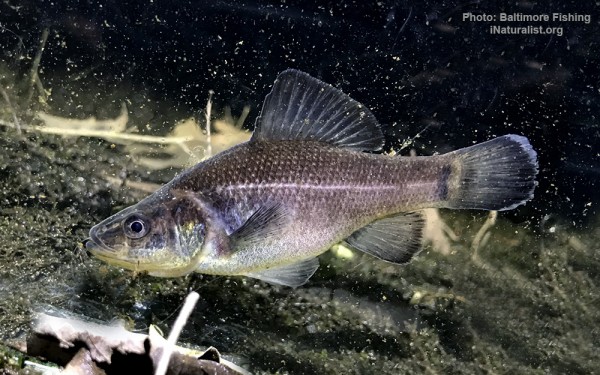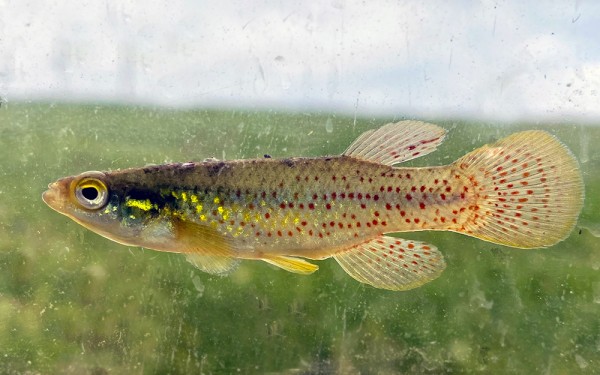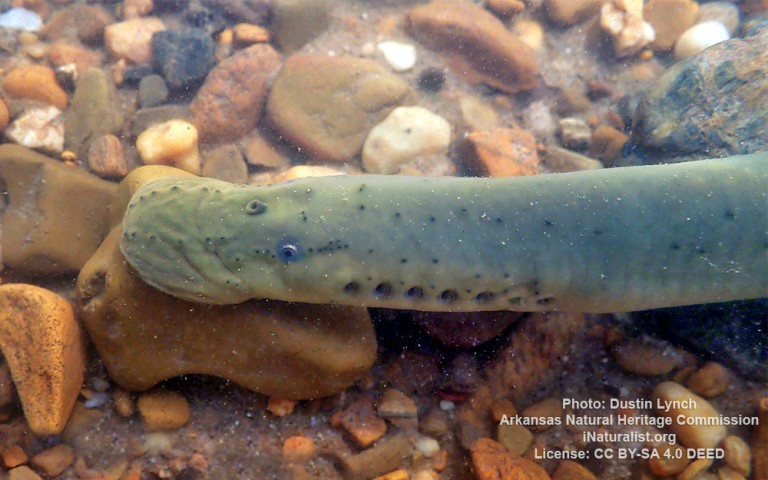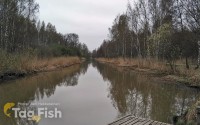Little River (Texas)
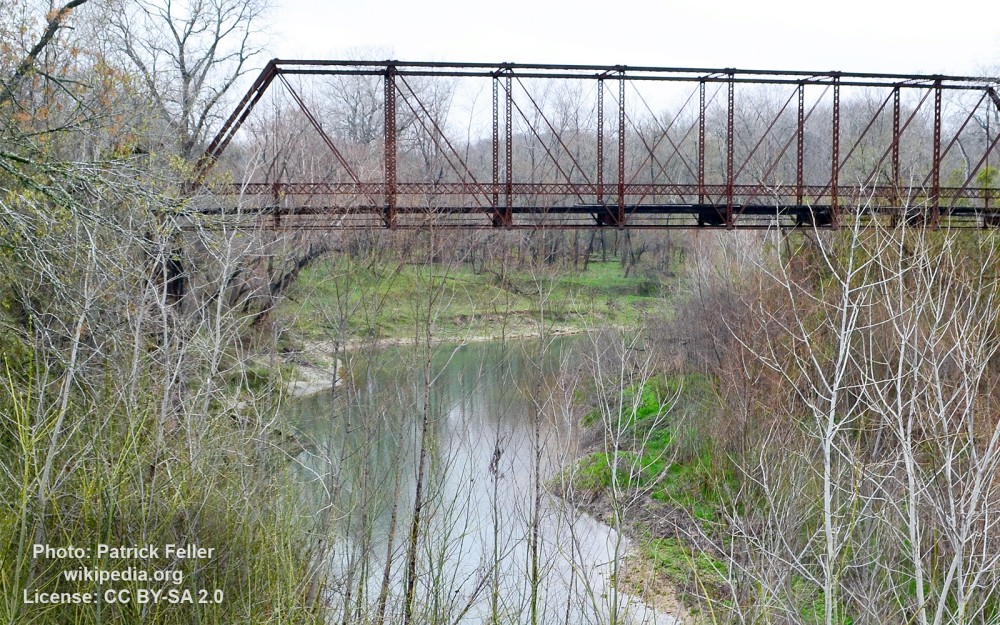
Largest tributaries
Salmoniformes - Salmons and Trouts
Esociformes - Pikes
Siluriformes - Catfishes
Centrarchiformes - Basses and sunfishes
Cypriniformes - Carps
Lepisosteiformes - Gars
Acanthuriformes - Surgeonfishes
Moroniformes - Temperate basses
Anguilliformes - Eels and morays
Mugiliformes - Mullets
Clupeiformes - Herrings
Percopsiformes - Trout-perches
Cyprinodontiformes - Toothcarps
Petromyzontiformes - Lampreys
Salmoniformes - Salmons and Trouts
Esociformes - Pikes
Siluriformes - Catfishes
Centrarchiformes - Basses and sunfishes
Cypriniformes - Carps
Lepisosteiformes - Gars
Acanthuriformes - Surgeonfishes
Moroniformes - Temperate basses
Anguilliformes - Eels and morays
Mugiliformes - Mullets
Clupeiformes - Herrings
Percopsiformes - Trout-perches
Cyprinodontiformes - Toothcarps
Petromyzontiformes - Lampreys
The Little River is a river in Central Texas in the Brazos River watershed.
It is formed by the confluence of the Leon River and the Lampasas River near Little River, Texas in Bell County.
It flows generally southeast for 75 miles (121 km) until it empties into the Brazos River about 5 miles (8.0 km) southwest of Hearne, at a site called Port Sullivan in Milam County.
The Little River has a third tributary, the San Gabriel River, which joins the Little about 8 miles (13 km) north of Rockdale and five miles southwest of Cameron. Cameron, the county seat of Milam County and the only city of any significant size on the Little River, was established in 1846.
The Little River and its tributaries provide a drainage basin of 7,560 square miles (19,600 km2) of flat farmland.
The Little River is a slow moving body with no rapids, and therefore is not actively used for recreational canoeing or kayaking. The vegetation along its banks is primarily willows, cottonwoods, pecans, elms and sycamores. One of the few instances of commercial use of the river water occurred in the 1980s, when pumping facilities were constructed on the Little River west of Minerva to supplement the water supply of Alcoa Lake.
